Beachside_Hank
Well-Known Member
- Joined
- Oct 26, 2012
- Messages
- 71
- Reaction score
- 27
Troy O submitted a good tip: Graph Paper. This site lets you download your own custom sized grids for printing at home.

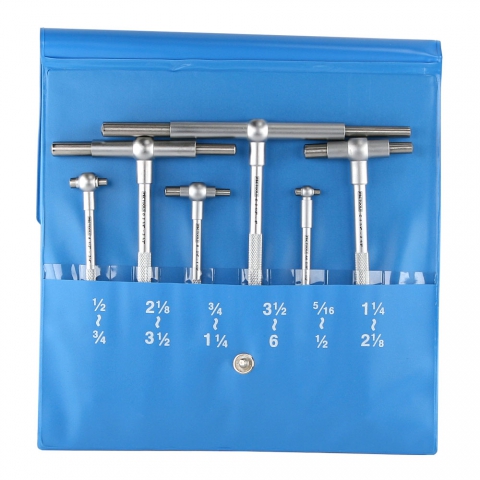
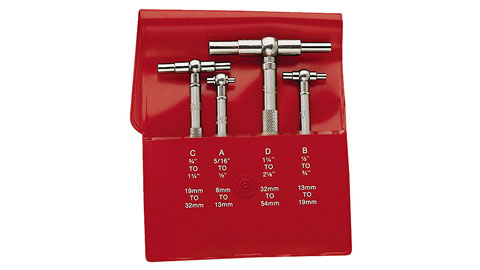
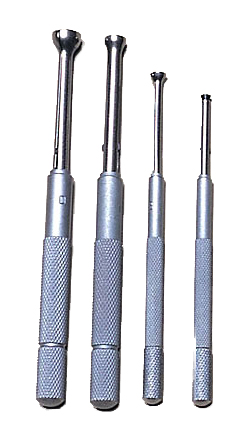
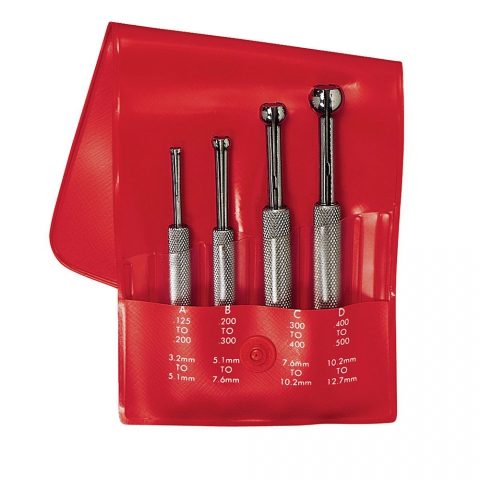
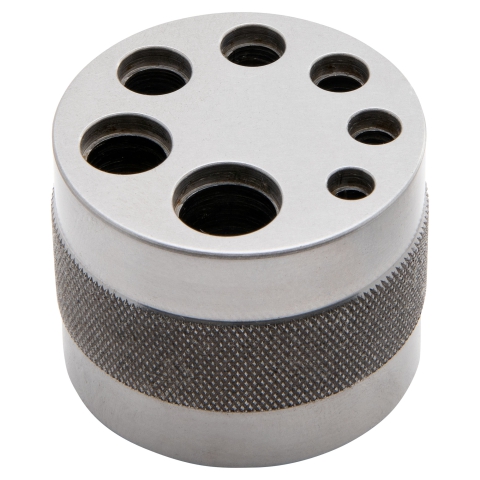
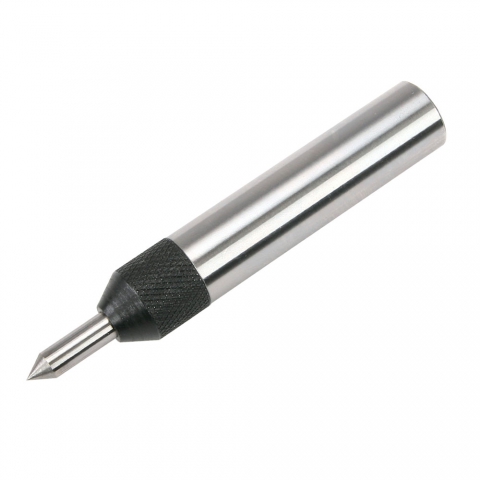
No problem Troy all good ideas many I would not thought of posting here. and not something IN my tool box.I hope that is still in keeping with the spirit of the thread!
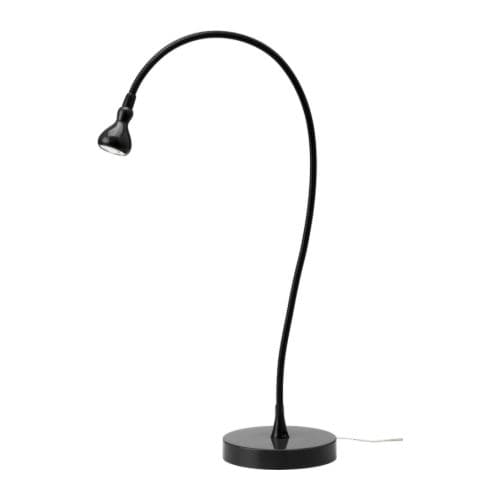

also the full copy of older editions of the machinery Handbook can be had cheaper than the latest and greatest. They are used as college text books so used copies are available.
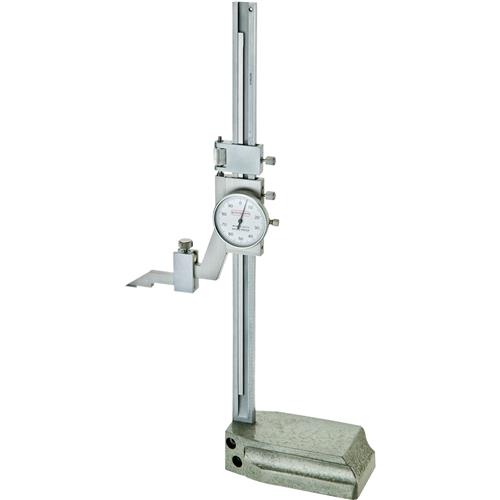
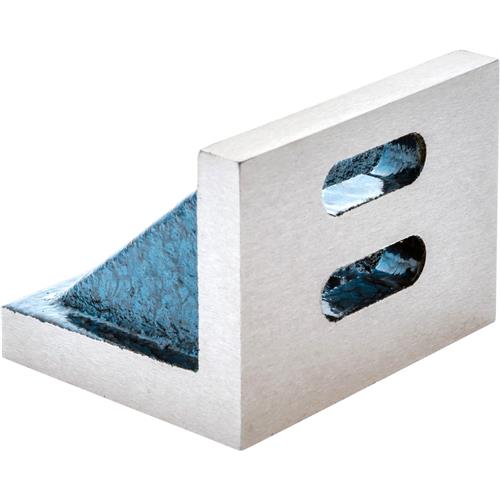
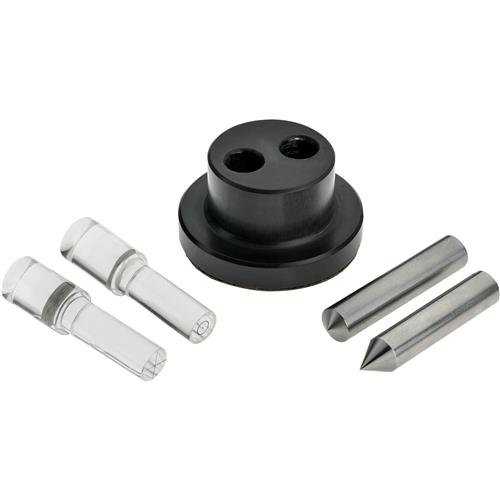


Double ended edge and hole finder.
I seem to always be looking for it.
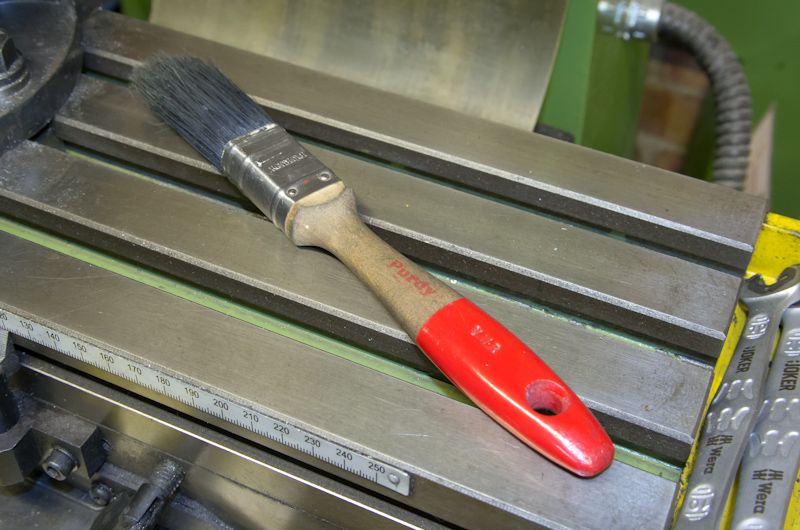

Enter your email address to join: